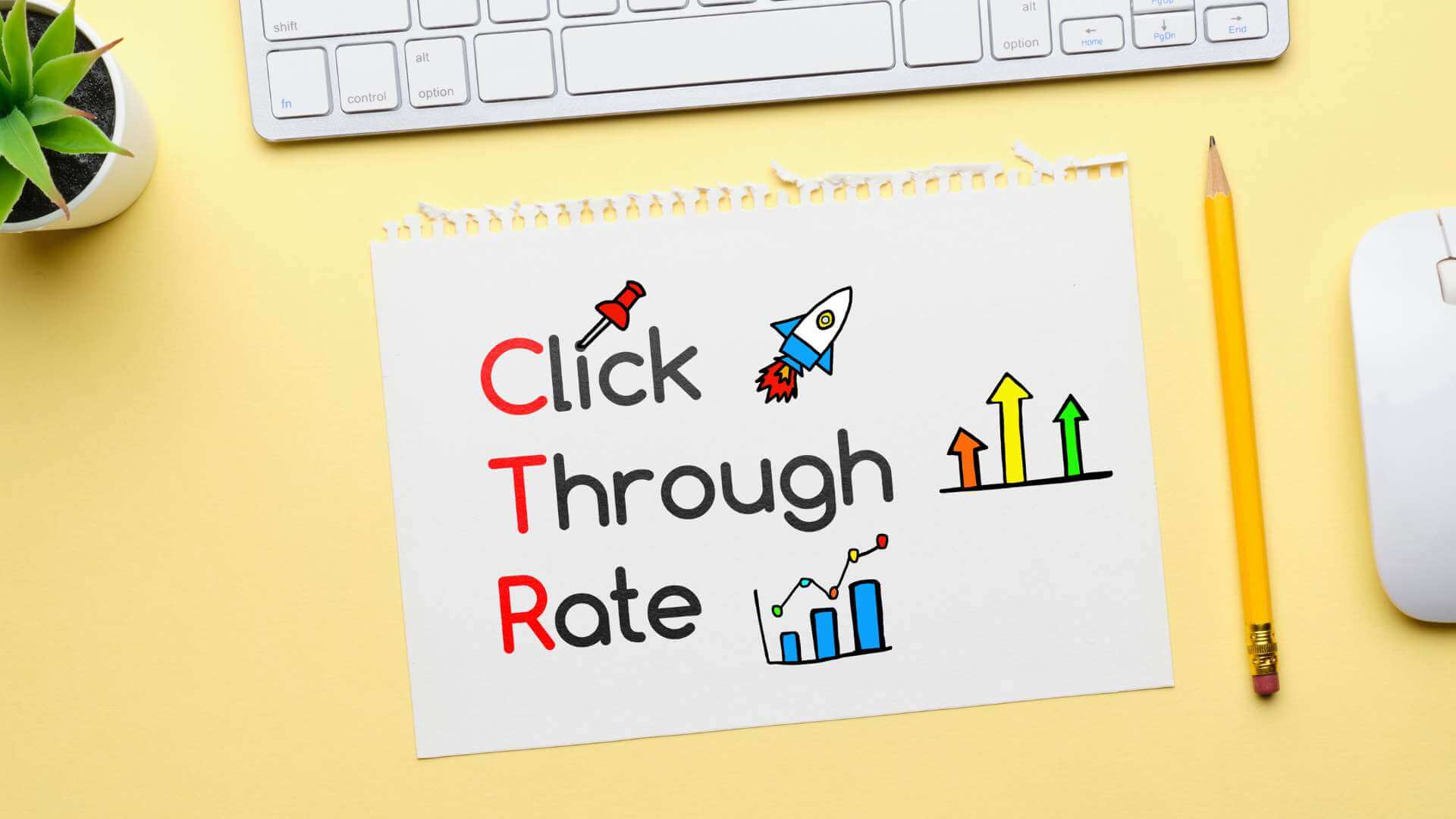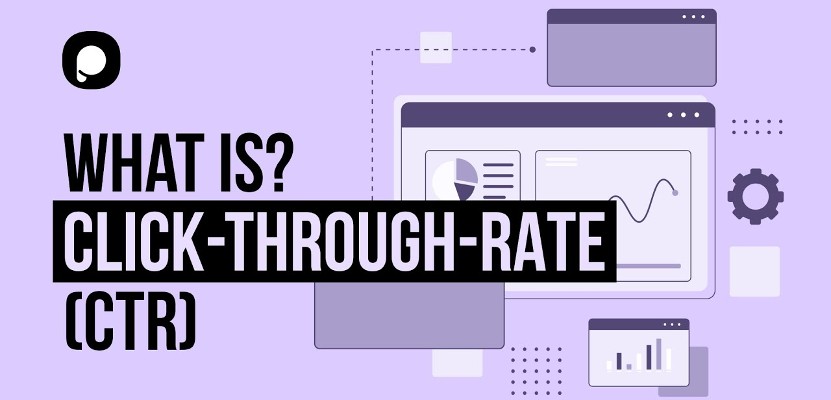Maximizing Organic Click-Through Fees With CTR Manipulation
The optimization of natural click-through prices (CTR) is a nuanced endeavor that depends upon comprehending both customer psychology and efficient content presentation. By leveraging critical control techniques, such as strongly crafted headlines and aesthetically appealing components, marketing experts can considerably improve individual interaction. Nevertheless, the landscape is raging with false impressions and oversimplifications concerning what truly drives CTR. As we check out the details of these strategies, it becomes vital to recognize the underlying principles that can lead to sustained success in catching audience focus. What truly distinguishes the efficient from the inefficient in this critical facet of digital marketing?
Comprehending Click-Through Rates
Recognizing click-through rates (CTR) is crucial for examining the effectiveness of internet marketing strategies. CTR measures the percentage of individuals who click on a certain link or advertisement compared to the overall variety of users that view it. A greater CTR indicates that the content is involving and appropriate to the target audience, while a lower CTR may indicate a need for optimization.
To calculate CTR, separate the variety of clicks by the number of impressions and increase by 100. As an example, if an advertisement receives 300 clicks out of 10,000 perceptions, the CTR would be 3%. This statistics is vital for analyzing different components of digital advertising and marketing, including seo (SEARCH ENGINE OPTIMIZATION), email projects, and social media advertising.
Additionally, evaluating CTR helps marketers identify which approaches produce the ideal results and which call for improvement. By concentrating on enhancing CTR, organizations can improve their web content's presence and efficacy, bring about enhanced web traffic and potential conversions. Understanding the nuances of CTR is foundational for any kind of marketing professional intending to maximize their on-line visibility and take full advantage of roi (ROI)

The Psychology of User Behavior
Customer actions is significantly influenced by psychological elements that determine how people interact with on the internet web content. Understanding these factors is vital for optimizing click-through rates (CTR) in organic search results page. Cognitive prejudices, such as the anchoring result, play a vital duty in forming customers' perceptions. When customers run into details, their first impacts can greatly influence their succeeding judgments concerning importance and reliability.
Emotional feedbacks also substantially influence individual actions. Content that resonates emotionally can activate a feeling of seriousness or curiosity, triggering customers to click. Furthermore, social proof-- such as individual reviews or rankings-- can improve trust and encourage engagement, as people frequently aim to the actions of others to educate their own decisions.
In addition, the concept of deficiency can drive clicks - CTR Manipulation. Limited-time deals or special web content produce a fear of losing out (FOMO), compelling customers to act rapidly. Recognizing these mental drivers allows marketers to produce more engaging content that reverberates with their target audience
Effective CTR Manipulation Methods
Leveraging emotional insights can dramatically improve click-through rates (CTR) via targeted adjustment techniques. Among the most reliable techniques is the usage of compelling headlines that evoke inquisitiveness or urgency. Wording titles as concerns or integrating numbers can draw in even more focus, triggering customers to click.
An additional strategy entails enhancing meta descriptions to develop a sense of significance and immediacy. By clearly describing the advantages or services supplied in the web content, you can engage possible viewers and convince them to click. In addition, using power words-- such as "unique," "shown," or "complimentary"-- can enhance the charm of your web content.
Visual aspects likewise play an essential role. Integrating attractive pictures or thumbnails can draw customers in and improve CTR. A/B testing different visuals can aid identify which images resonate ideal with your audience.
Last but not least, guaranteeing that your content assures deliverable worth results in higher CTR. When customers regard that clicking will give them with significant understandings or services, they are more probable to engage. By utilizing these techniques attentively, marketers can effectively manipulate CTR to their advantage while maintaining honest requirements.
Usual Myths Regarding CTR
Several mistaken beliefs surround click-through prices (CTR) that can lead marketers to make illinformed choices. While a high CTR recommends that more customers are go to this site clicking, it does not ensure sales or conversions.
One more typical belief is that CTR is a separated metric. In fact, CTR should be examined in conjunction with other performance indicators, such as bounce rate and conversion rate, to get a holistic sight of project success.
In addition, some online marketers presume that optimizing for CTR alone suffices. Nevertheless, focusing solely on CTR can lead to clickbait strategies that might bring in clicks however fall short to involve users meaningfully. This technique can hurt brand reputation and outcome in lower retention rates
Lastly, there is a notion that CTR techniques are generally reliable. The truth is that optimal CTR tactics can vary substantially throughout industries and target market, necessitating tailored methods for various market sectors. Recognizing these myths is critical for creating effective CTR methods that line up with overarching advertising objectives.
Determining CTR Success
Although high click-through prices (CTR) can indicate effective involvement with content, determining their true success calls for an extensive evaluation of numerous elements. It is necessary to understand the context in which the CTR is accomplished. A high CTR on a misleading title may not translate to significant involvement or conversions, inevitably reflecting inadequately on the brand's trustworthiness.
2nd, examining the resource of website traffic is essential. Organic traffic from online search engine can indicate a durable material strategy, while clicks from unimportant resources might show an absence of targeting. In addition, measuring the subsequent individual habits is important; evaluating metrics such as bounce rate, time invested in page, and conversion rates can provide deeper insights into the top quality of the involvement launched by the CTR.

Verdict

The optimization of page natural click-through rates (CTR) is a nuanced endeavor that pivots on understanding both individual psychology and effective web content presentation. CTR gauges the percentage of customers who click on a particular web link or ad contrasted to the total number of customers who see it. A higher CTR suggests that the web content is engaging and pertinent to the target audience, while a lower CTR might signal a requirement for optimization.
Focusing solely on CTR can lead to clickbait methods that might attract clicks however fall short to involve individuals meaningfully. In addition, measuring the succeeding customer behavior is essential; evaluating metrics such as bounce price, time invested on page, and conversion rates can give deeper insights right into the top quality of the engagement started by the CTR.